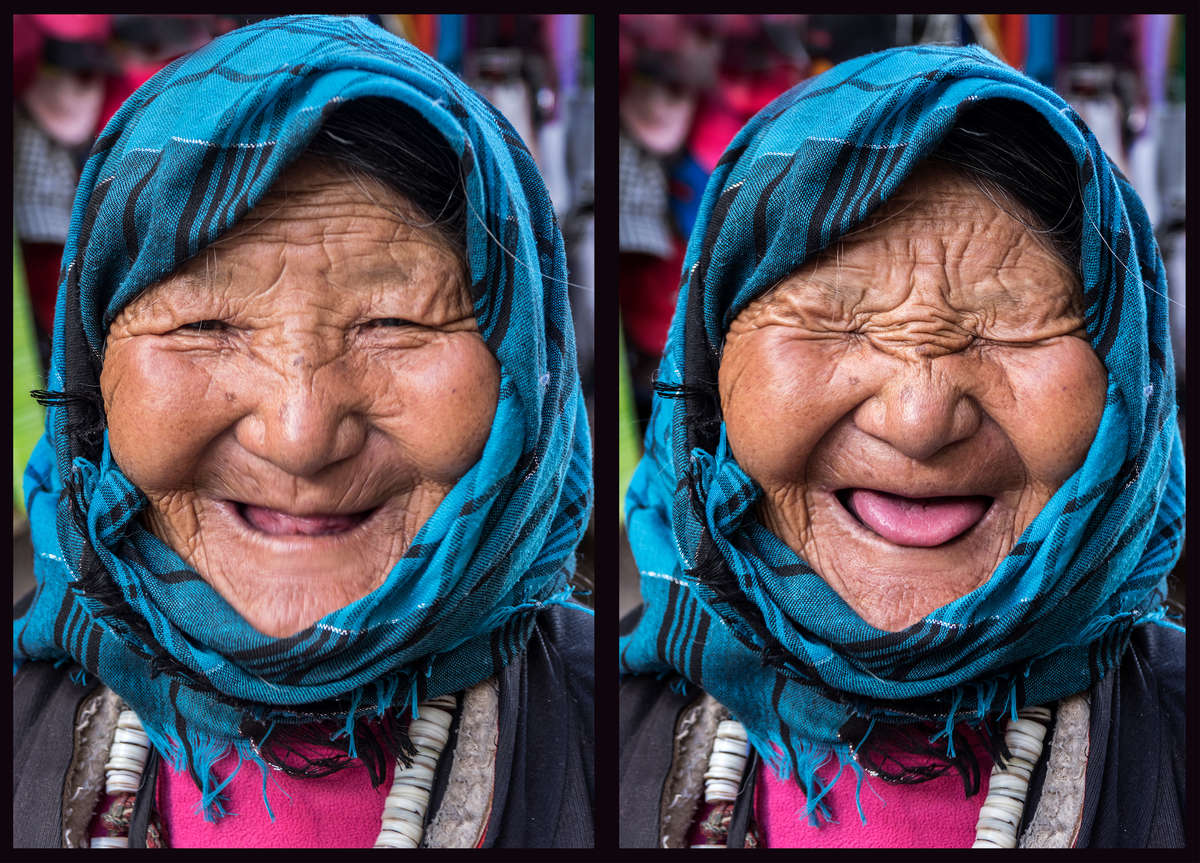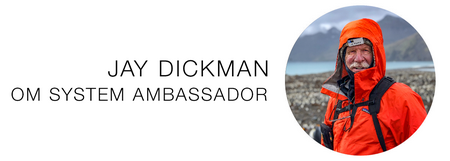Photography is all about moment; catching that elusive peak of action is paramount in the craft of photography.
I’ve always considered myself as a generalist, photographing just about every genre of photography. Wildlife, landscape, sports, nature, all are areas I love to photograph, and approaching these disciplines with the idea of a “best” photo, really pushes the artistic juices in the photographer.
Having said that, if there is one area that I love, it would be photographing people. We love sharing photos of those we’ve seen and met in our travels. Photographing people can be a fairly intimidating process, especially the first time you do it. I’ve included a few suggestions at the end of this article to increase your “success” rate.
I was recently on a National Geographic Expedition, “Around the World by Private Jet,” well into our itinerary of 10 iconic locations, with this stop in Lhasa, Tibet. We had a limited time to spend on the streets of this incredible city, and I’d just been photographing a subject where I needed a slow shutter speed of 1/20th of a second.
In the workshops I lead for both National Geographic and for “FirstLight Workshop,” I always insist that our participants “be ready,” having the camera in the appropriate shooting mode, so if a photo opportunity does present itself, the photographer is ready. I almost always follow that mantra, but this was one of those times I simply put it off for a few minutes.
I’d finished the slow shutter speed photo, and had to race to meet up with a group, forcing me to race through the streets of old Lhasa. Running against the stream of pilgrims who were making their way towards Potala (to many Tibetans, the pilgrimage to the Potala Palace, the winter home of the Dalai Lama, is a once in a lifetime necessity), I saw this wonderful looking woman, one of the gentlest faces I’ve ever seen. Late as I was I wasn’t going to miss an opportunity to photograph this woman. I ran up to her, surprising her in my haste, asking via gestures if I could take her photo. She agreed. I put my camera to my eye and made one exposure... smiling at her after that frame and she immediately cracked up laughing, which was my second frame. I thanked her, and ran on to the next spot.
Stopping a bit later, I checked the photos of my cameras’ monitor, and saw the two photos that so perfectly defined her nature. I also noticed that my shutter speed had been the same I’d used for my slow shutter photo, 1/20th. Naturally I assumed they’d be blurred. But the OM-D E-M1 Mark II, along with the M.Zuiko Digital ED 12-100mm f4.0 PRO IS lens I was using, utilizes the latest (and incredible) In-Body Image Stabilization (IBIS) — and it really did its job here. Both images were sharp, tack sharp. A little motion in her smile, but I’ll take that.
Putting the two photos together, in my eyes, creates a joyous moment captured, and a big thanks to Olympus for giving me the edge in this moment. I’m glad I can still make someone’s day!
Suggestions for photographing people:
- A simple two words: be prepared. I can’t overstate how important this is. When approaching someone to ask permission to make their photograph, you are entering a short-term “relationship.” Having the camera ready is critical when you get that permission. Nothing can dissuade a potential photographic subject than for them to feel you don’t know what you’re doing. And if not ready, you start fumbling with your gear after getting that permission, they lose faith, immediately. Even if not sure what your photographic goal is with the person, start working soon. This way, they feel you are more competent.
- Know when your time is up. The camera has been an incredible tool that has given me reason to approach people, but even the most patient subject will run out of steam. Work the situation as best you can, thinking all the time "what do I want to say with this photograph?"
- Share your work. This is critical, as it can help create a bond with your subject. In the film days, I’d carry a Polaroid to hand out the instant images from the camera. You now have the monitor on the back of the camera with which you can share images. Showing your subject the “work in progress” can also elongate the time you have with them if they are impressed by your photos of them.
- Get images to that person. I always obtain name and address (email as well) of my subject and follow up by sending copies to them (electronically or prints).
Web: jaydickman.net
Blog: firstlightworkshop.com/wheres-jay/
Twitter: @jaydickman
As a Pulitzer Prize-winning photojournalist and National Geographic photographer, Jay Dickman is one of the most traveled, experienced and celebrated photographers in the program.

